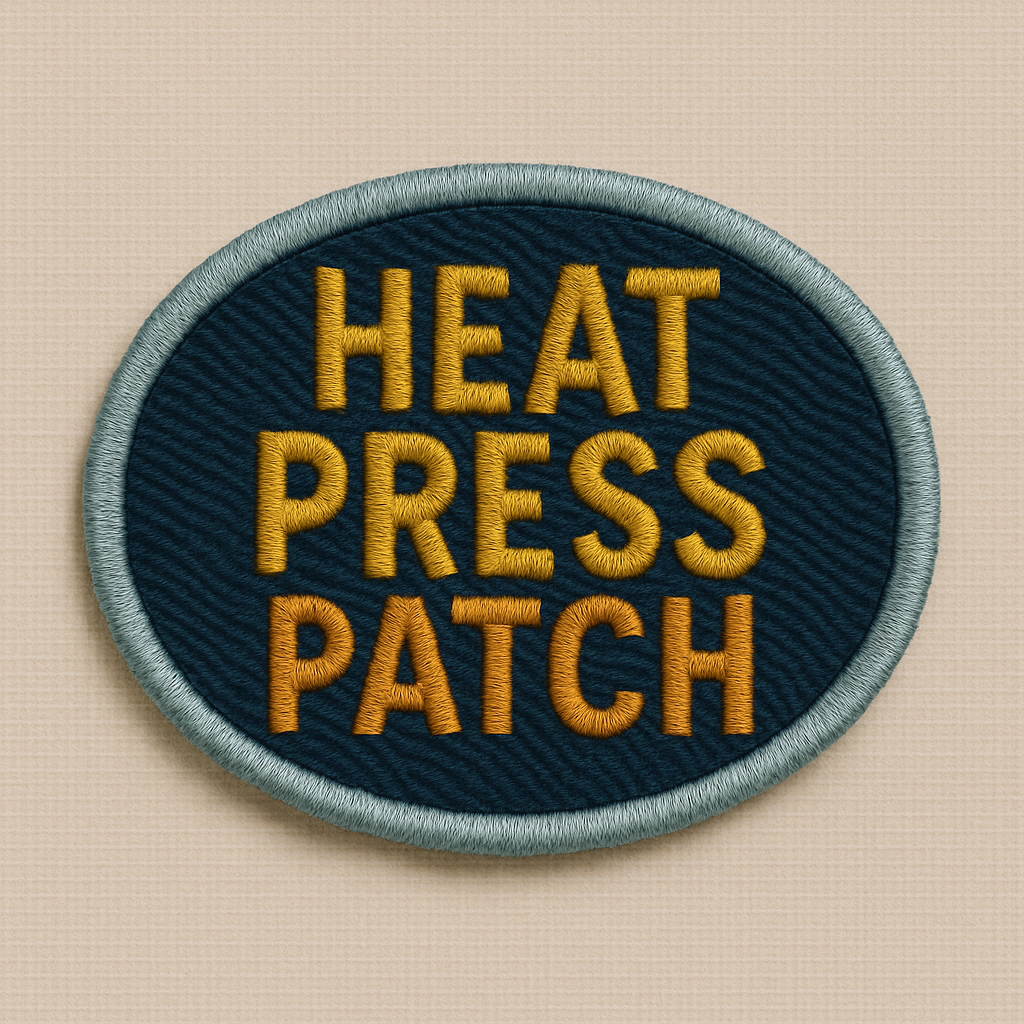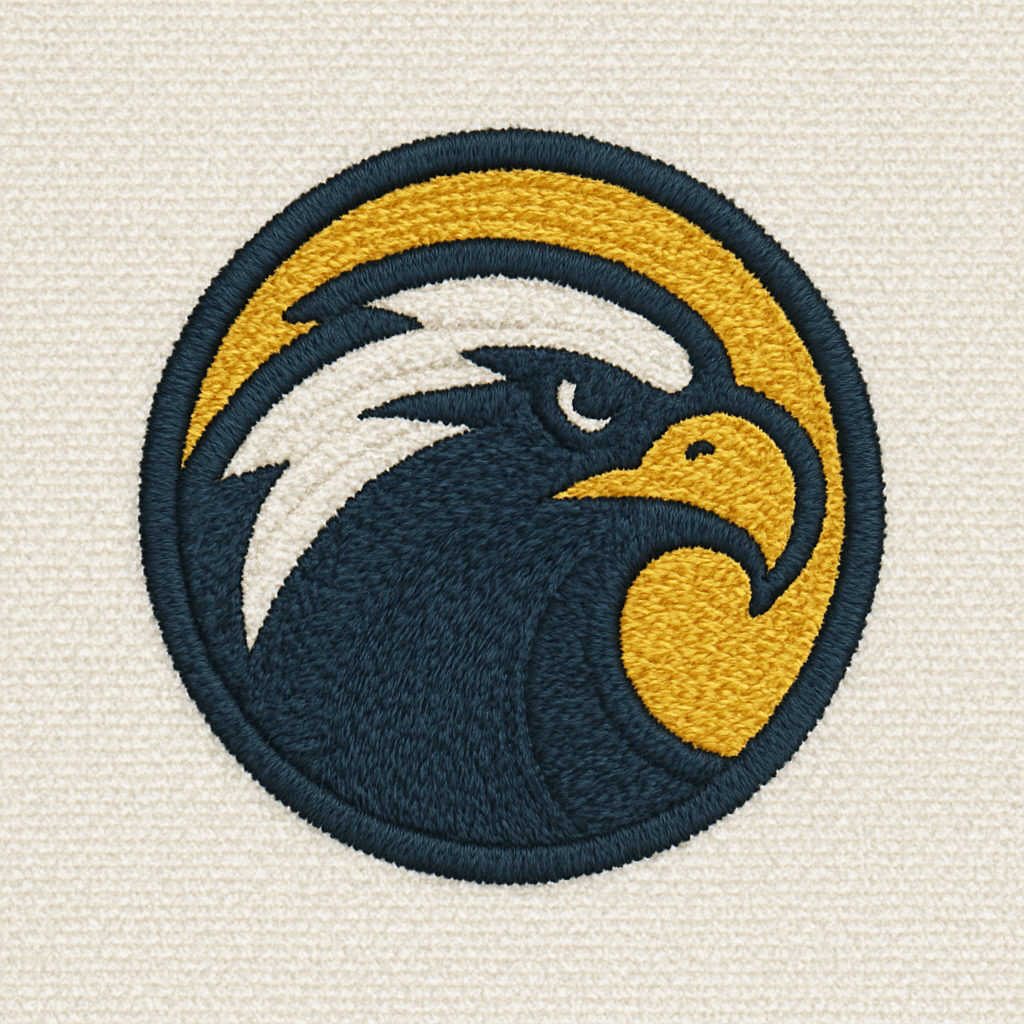Custom patches are more than decorative elements—they are a critical branding tool for businesses, teams, and organizations across the United States. From embroidered logos on jackets, hats, and bags to promotional merchandise, patches communicate professionalism, creativity, and longevity. In an era where visual identity is everything, custom patches offer a tactile and lasting impression that printing cannot replicate.
Behind every high-quality patch lies a precise process that involves vector art, embroidery digitizing, and expert craftsmanship. These components work together to transform a concept or logo into a durable, visually appealing embroidered design.
The Role of Vector Art in Custom Patches

Creating a flawless custom patch starts with clean, scalable artwork. Vector art is essential for embroidery because it allows designs to be resized without losing clarity or detail. Unlike raster images, which are composed of pixels and can become blurry when enlarged, vector files are based on mathematical points, lines, and curves.
Vector art provides embroidery professionals with defined shapes and crisp lines, which are necessary for accurate stitch mapping. Logos, emblems, or intricate designs can be faithfully reproduced on fabric, maintaining the integrity of the original artwork. Beyond embroidery, vector artwork is versatile, enabling businesses to use the same designs for printing, digital media, and signage while ensuring consistent branding.
A properly prepared vector file eliminates errors during production, ensuring that the final patch matches the intended design with precision and clarity. This step is the foundation of professional embroidery and a critical factor in creating high-quality custom patches.
Embroidery Digitizing: Turning Artwork into Stitches

Once the artwork is ready, it must be converted into a machine-readable format through embroidery digitizing. This process involves translating the design into stitch patterns that an embroidery machine can execute. Digitizing requires technical skill and artistic judgment to determine stitch types, densities, and directions based on the design and fabric type.
Different materials require different approaches. Heavy fabrics like canvas or denim need denser stitching, while lighter fabrics like polo shirts or caps require lighter stitch settings to prevent puckering. Poorly digitized designs often result in misaligned stitches, thread breaks, or distorted patterns, which can compromise the final patch’s quality.
Professional digitizers ensure that designs run smoothly on embroidery machines, creating patches that are visually accurate, polished, and durable. Businesses benefit from professional digitizing because it reduces production errors, saves time, and ensures consistent branding across multiple items.
Custom Patches: Versatility and Branding Benefits
Custom patches provide flexibility that direct embroidery cannot always achieve. They can be sewn, ironed, or attached with Velcro, allowing businesses and teams to use them across a wide range of apparel and accessories. Bulk production is also more efficient with patches, as they can be created separately and applied to multiple garments without re-hooping each item individually.
The creative possibilities with custom patches are extensive. Businesses can incorporate multiple thread colors, intricate patterns, and unique shapes. Teams can display logos, slogans, or membership emblems with precision and clarity. Patches are durable, resistant to washing and wear, and maintain their appearance over time, making them a cost-effective branding solution.
Custom patches also provide adaptability. Unlike direct embroidery, patches can be swapped, repositioned, or replaced, allowing businesses and teams to update branding or reward achievement without altering entire garments. This flexibility makes patches ideal for sports teams, corporate uniforms, military apparel, and promotional products.
Why Businesses Should Invest in Custom Patches

Custom patches offer significant advantages for businesses and organizations. They enhance brand recognition, create a professional image, and provide a long-lasting visual identity on apparel and accessories. Employees wearing branded patches communicate reliability and professionalism, while customers or clients recognize the attention to detail.
For teams, patches foster pride and unity. Sports clubs, schools, and community organizations can use patches to symbolize membership, achievements, or milestones. The tangible nature of patches makes them more memorable than printed graphics, leaving a lasting impression on recipients.
Custom patches also save time and cost. With bulk production, businesses can apply patches to multiple garments efficiently, reducing the need for repeated embroidery. Patches can be reused, repositioned, or updated as needed, offering a flexible solution for evolving branding or recognition programs.
The Importance of Professional Services

Creating high-quality custom patches requires expertise in vector art, embroidery digitizing, and patch production. Professionals understand how to optimize designs for stitching, select appropriate thread types, and anticipate fabric behavior to ensure smooth, consistent results.
Working with skilled service providers guarantees patches that are accurate, durable, and visually appealing. Expert digitizing prevents thread breaks, misaligned stitches, and distortion, while professional craftsmanship ensures vibrant colors and clean edges.
Partnering with professionals also improves turnaround times, reduces errors, and delivers reliable results. For businesses and teams, this expertise ensures that every patch enhances their brand identity and meets the highest standards of quality.
Conclusion: Custom Patches for Lasting Impressions
Custom patches are more than decorative additions—they are powerful branding tools for businesses and teams. With precise vector art as the foundation and expert embroidery digitizing translating designs into machine-ready stitches, patches offer durability, versatility, and professionalism.
From corporate uniforms and promotional merchandise to sports team apparel and club gear, custom patches help brands communicate quality, identity, and style. Investing in professional services ensures that each patch reflects the intended design, maintains its appearance over time, and leaves a memorable impression.
With the right combination of design, digitizing, and production, custom patches become a strategic asset that strengthens branding, promotes team unity, and enhances visual appeal for years to come.


